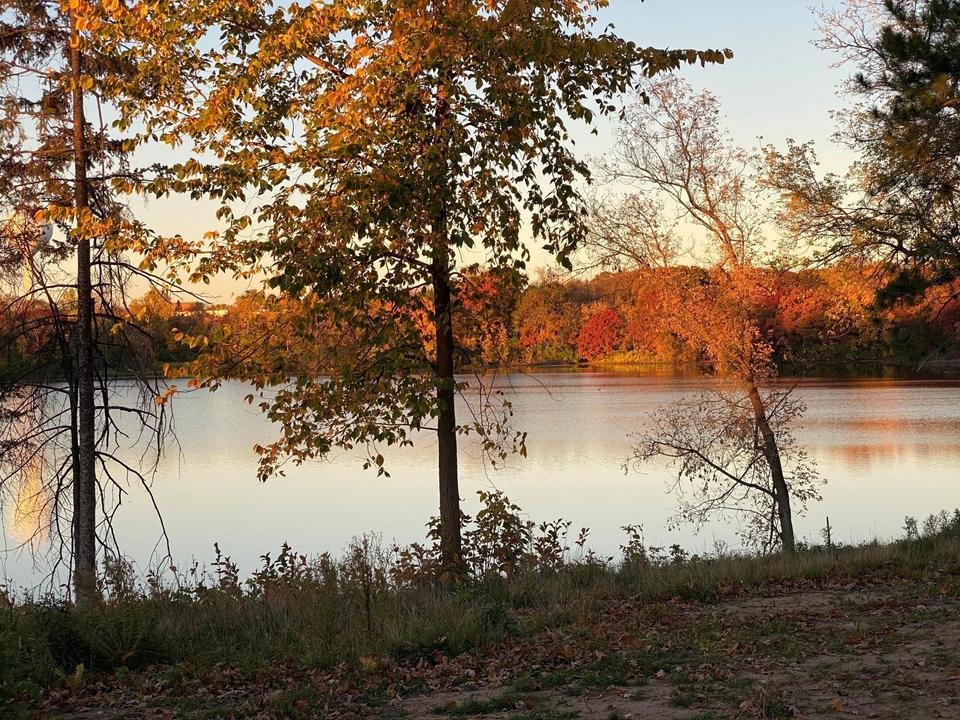Fifty-three Minnesota lakes and streams to be de-listed in 2022
Last week, the Minnesota Pollution Control Agency (MPCA) released its draft list of impaired waters for 2022. The list catalogs lakes, rivers and streams in our state that are impacted by a wide variety of pollutants and stressors. Some no longer support the fish and insect species that they used to. Others are prone to frequent algae blooms due to too much nutrients in the water. Still others have fish consumption advisories due to high levels of mercury, PCBs or PFOS. In total, 2904 water bodies in Minnesota are considered impaired.
Though it is easy to feel frustrated and discouraged when we see our favorite lakes, rivers and streams affected by pollution, 2022 brings some good news as well. Fifty-three lakes and streams in Minnesota have improved enough that they will actually be taken OFF of the impaired waters list (de-listed) in 2022. Local lakes scheduled to be delisted next year include East Boot (May Twp), Echo (Mahtomedi), Hay and Jellums (Scandia), Lily and South Twin (Stillwater), and Plaisted (Hugo). Read on to learn more about these seven lakes.
East Boot Lake. Photo by Sao Her.
East Boot is a small but deep lake along Norell Ave. on the edge of the Wilder Forest in the Carnelian-Marine-St. Croix Watershed. East Boot is a favorite spot for fishing and mostly surrounded by forest. In 2011, a nearby dairy farm worked with the Natural Resources Conservation Service (NRCS) to install a waste management system that prevents manure from running off into the lake. Water quality has been improving and East Boot recently scored an A- on the Met Council annual Lake Grades Report Card.
Echo Lake in Mahtomedi. Photo from Movoto.
Echo Lake is a small, shallow lake in Mahtomedi near Century College. It was added to the impaired waters list in 2022 due to excess nutrients, but has since improved enough that it is easily meeting water quality standards for Total Phosphorus, Chlorophyll-a, and Secchi disk transparency (water clarity). Echo Lake is located at the top of the Valley Branch Watershed.
Swans on Hay Lake in Scandia. Photo from Washington Conservation District.
Hay and Jellums are small, shallow lakes in Scandia, located within the Carnelian-Marine-St. Croix Watershed. Jellums is actually a bay of Big Marine Lake, separated from the rest of the lake by Newgate Ave. (188th St. N). In 2002, the watershed district worked with the Minnesota Department of Natural Resources to remove rough fish from Jellums Bay and added barley straw to absorb excess nutrients. Near Hay Lake, the watershed district worked with landowners in 2019 to plant a 310 foot deep x 130 foot long native prairie buffer along the shoreline and install fencing to exclude cattle from the lake.
Fishing pier and native shoreline planting on Lily Lake. The lake was a popular swimming destination in the 1950s and 60s but suffered from stormwater pollution during the 1970’s, 80’s and 90’s.
Photo by Angie Hong.
Lily Lake in Stillwater is probably the best known lake in the group slated for delisting. Once a popular swimming lake known for exceptional water clarity, Lily suffered from stormwater runoff pollution due to development during the 1970’s, 80’s and 90’s and was added to the impaired waters list in 2002. Over the past two decades, Middle St. Croix Watershed Management Organization has worked with City of Stillwater, Friends of Lily Lake (formerly the Lily Lake Association), and other partners to retrofit stormwater ponds, stabilize eroding gullies, install dozens of residential raingardens, and encourage volunteers to adopt storm drains near the lake. A final, “mega-sized” raingarden is under construction at Lily Lake Park and will be planted next year.
Families explore the water during a nature event at South Twin Lake in Stillwater. '
Photo by Angie Hong.
South Twin, also in Stillwater, is located near Hwy 96 and Neal Ave., near the Millbrook neighborhood. In contrast with Lily Lake, South Twin may have actually benefitted from recent development in the area. Unlike during the late 1900’s, we now have watershed districts in place with rules that require stormwater management, shoreline buffers, and wetland protection for new developments. For lakes that were formerly surrounded by farming, this can sometimes result in a net reduction in runoff pollution. South Twin is located at the southern end of the Carnelian-Marine-St. Croix Watershed.
Lake Plaisted in fall. Photo from Washington Conservation District.
Plaisted is a small, shallow lake in rural Hugo, near the headwaters of Brown’s Creek. In 2003, the Brown’s Creek Watershed District worked with City of Hugo and Washington County to remove a failing septic system near the lake. More recently, in 2016, the watershed district worked with community residents to create a Northern Chain of Lakes management plan that outlines strategies for restoring Plaisted, as well as Lynch, Goggins, and North and South School Section Lakes. Plaisted is now meeting water quality standards for Total Phosphorus, Chlorophyll-a, and Secchi disk transparency.
Since 2002, 184 water bodies in Minnesota have been removed from the impaired waters list due to improved water quality.
To find a full list and map of impaired waters in Minnesota, go to www.pca.state.mn.us/water/minnesotas-impaired-waters-list. The MPCA will be accepting written comments on the draft 2022 impaired waters list until Jan. 7, 2022.


